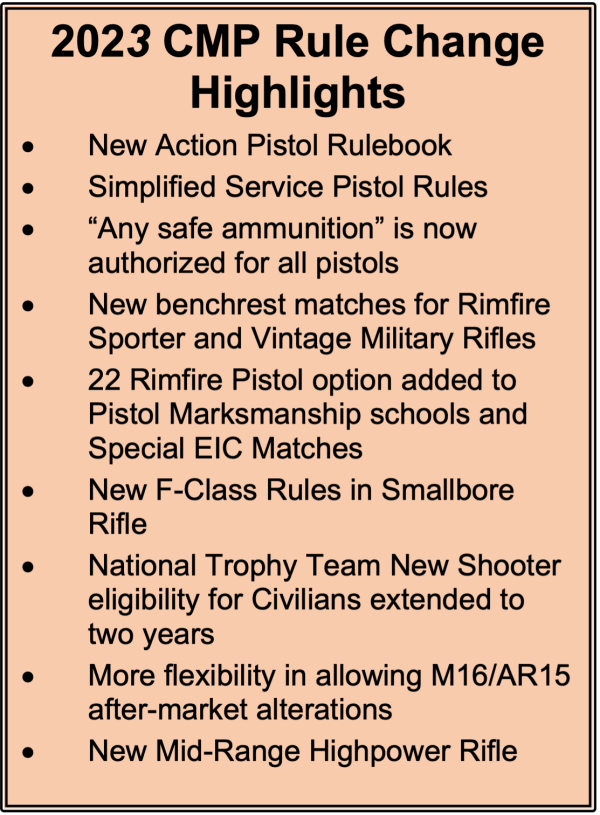Benchrest Shooting Accuracy Afield
By Glen Wunderlich
Charter Member Professional Outdoor Media Association
Firearms deer season is here, and accordingly, we’ll be able to hear the sunrise this morning. If you have been one of the fortunate hunters and have already bagged a whitetail, congratulations. If not, here are some last minute tips to get the job done.
With the advent of blinds – either permanent or portable – many of us can stay comfortable all day long and that’s an important ingredient to success. Another necessity is accuracy afield: the act of translating what has been learned at the target range to field use.
Good shooters know that a steady rest is a good place to start to minimize human error. Benchrest sand bags under the forearm and butt stock can minimize movement and are a must for determining the accuracy potential of any round. But, repeating this accuracy afield can be problematic, if you are not carrying a bench afield.
Obviously, pin-point accuracy is not as important at closer ranges, but when stretching the limits of a firearm across a field or through the woods, every bit of precision is required to minimize the risk of bad shots.
Here’s a tip for those that shoot from any type of box blind, where typically only some form of front rest is used. First, place a sandbag-type rest on the window sill opening. If your blind has only window cut-outs and no window sills, consider purchasing a commercial rest designed for this specific purpose or add window sills large enough to support a rest.
Second, get a quality bipod that will adjust from 24 inches and up. (Get one that will extend to 60 inches or more so that it can be used for in-field use, as well.) Place the bipod under the shoulder stock of your firearm directly in front of the rear swivel stud and angle the legs forward slightly.
It’s easy to knock a firearm loose in the heat of the moment and doing so can mean a blown opportunity. To minimize such a consequence, attach a rubber strap to the bipod and over the shoulder stock to secure it in place. (Mine are made of inner-tube rubber.)
Once you get the firearm at the proper height by adjusting the bipod legs, you’ll be able to fine tune elevation quickly by moving the firearm back and forth across the front rest. This system is so stable it will rival groups shot at the bench!
If your budget doesn’t allow for the expense of store-bought shooting sticks, make your own. Cut any suitable sticks at the proper height for your blind and wrap the upper ends with electrical tape to keep them from damaging the gun’s stock. Next, tape the sticks together using lots of tape approximately two inches from the top to form a joint. Drive nails into the bottom of the legs and cut them off leaving about a half inch protruding. This will keep them from slipping while in use.
If you’ve done your work at the range, now you’ll be able to repeat the results afield.






